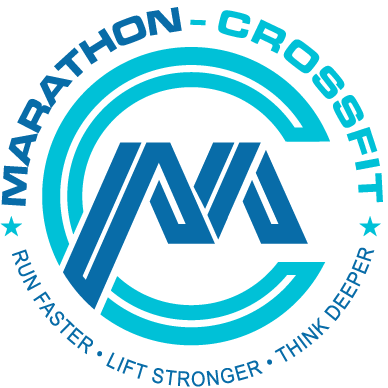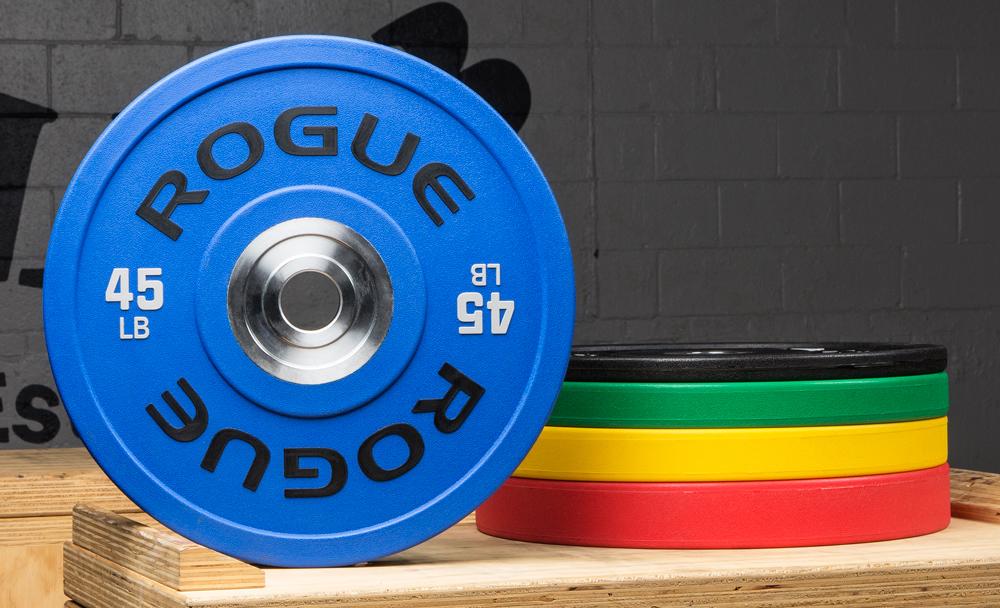Rogue Calibrated steel plates vs Urethane plates
This is a comparison between the Rogue Calibrated plates and the Urethane plates including pros, cons and alternatives. Follow the links for more details
Which plates to get from Rogue?
This video discusses which plates you might want to buy for your home gym from Rogue Fitness. Good options are their bumper plates or simple cast iron plates if you want to save money. I personally own the Black training plates from rogue and like them a lot.
Overview and review of the Rogue Urethane plates
The Rogue Urethane plates will set you back about $1150 dollars or $7.46 dollars per kg. These plates are especially good to use for gyms who want long lasting plates. This overview has originally been published in the article "Which rogue plates to buy" which you can find on this blog.
What else to consider from Rogue
- Which belt to buy from Rogue
- Which barbell to buy from rogue
- Which rack to buy from Rogue over $1000
- Which rack to buy from Rogue for under $1000
- Which plates to buy from Rogue
- Which strength equipment to buy from Rogue
- Which conditioning equipment to buy from Rogue
- Which Equipment package to buy from Rogue
- Which accessory to get from Rogue
- Which jump rope to get from Rogue
- Which knee sleeve to get from Rogue
Overview of the Urethane plates
The Rogue Urethane plates are the second most expensive ones in the Rogue portfolio per kg. What you get in return are the longest lasting, all weather plates you can obtain from Rogue. These plates are 450mm in diameter and made to IWF specs. They have a chrome insert and dead bounce on the drop. The chrome piece provides easy loading on the bar and reduced friction on the sleeves. This is the plate to buy if your last competition plates fell apart at the chrome insert.
Weight / Color / Diameter / Thickness / Price per pair
55LB / Red / 450mm / 58mm / $310
45LB / Blue / 450mm / 53mm / $260
35LB / Yellow / 450mm / 48mm / $220
25LB / Green / 450mm / 40mm / $160
10LB / Black / 450mm / 20mm / $70
Available sets
210lb, 2x 25-35-45LB $750
300LB, 2x 25-35-4x45LB $1050
320LB, 2x 25-35-45-55LB $1100
340LB, 2x 10-25-35-45-55 $1150
Pros of the Urethane plates
This is an all-purpose plate which will last a long time and is hard. It will take the abuse of many users of different experience levels and still look good. This is a great plate for high demands and someone who does not want to replace the plates as often compared to other plates with a chrome insert.
Cons of the Urethane plates
The biggest con is the high price. If you go for Olympic or bumper plates you will get a lot more kilograms per $$$. You might be buying twice in this scenario and you will also know that you took the cheap road to success. I personally stopped doing this and it yields great results.
Alternatives to the Urethane plates
Competition plates will not last as long as they have a tendency to pull apart between the rubber and the chrome insert. They also bounce more. Still, if you want to get as close as possible to the real world championships, then these are the plates to go for instead with the slight risk that they might fall apart after years of heavy use.
The black training plates are a great design from rogue which combines the bumper plate effectiveness with the excellence of Rogue's competition grade plates. You will find color coding and extra touches to make the plates more user-friendly and robust. This is the elegant choice of the professional.
Calibrated steel plates are the plates for anyone who wants to put the maximum amount of weight possible on the bar while still having color-coded plates. These plates are also approved by the IPF and are used in competition. If you want to get serious about powerlifting, this should be your choice.
Overview and review of the Rogue Calibrated steel plates
The Rogue calibrated steel plates will set you back about $885 dollars or $5.56 dollars per kg. These plates are especially good to use for powerlifters who are serious about competing. This overview has originally been published in the article "Which rogue plates to buy" which you can find on this blog.
Overview of the calibrated steel plates
The Rogue calibrated steel plates come in KG and LBS nominations. They are popular for powerlifting purposes as they can fit a lot of weight onto a bar. They are also approved by the IPF and therefore be used for official powerlifting competitions based on their high level of precision.
In the manufacturing process, each plate will vary in weight when it is finished. The cheaper the plate, the more variance you will have. Calibrated plates are made with better quality machines and add one production process at the end which is the calibration. What happens here is that the plates are weighed and then there will be a disc placed into little holes at the back of them to adjust to within 10grams of the desired weight.
Further specifications for the Rogue Calibrated steel plates:
Weight / Color / Diameter / Thickness / Price per pair
50kg / black / 450mm / 50mm / $386.50
25kg / red / 450mm / 27mm / $225
20kg / blue / 450mm / 22.5mm / $182
15kg / yellow / 400mm / 21mm / $140
10kg / green / 325mm / 21mm / $99.50
5kg / white / 228mm / 21.5mm / $82.00
2.5kg / Black / 190mm / 16mm / $55
1.25kg / Chrome / 160mm / 12mm / $42.50
0.5 kg / Chrome / 134MM / 8mm / $35
0.25kg / Chrome / 112mm / 112mm / $25.75
Available sets
159kg, pair of each plate except 50kg $885
459kg, pair of each plate 0.25kg to 20kg & 7 pairs of 25kg $2060
Calibrated steel plates are very good when you want to fit as much weight in as little space as possible. As long as you do not want to drop your weights this is great.
Pros of the calibrated steel plates
Calibrated steel plates are the ones you will use in competition in a powerlifting meet. They will also take up less space in your gym than bumper plates for the same amount of weight. The color coding looks cool and gives any gym a little extra feel of being professional when it comes to getting results. With these, you can train like a real champion.
Cons of the calibrated steel plates
Steel plates are not ideal for overhead lifts. They spin differently than competition bumper plates and behave differently when you switch direction during the lift. They also suffer from dropping or heavy use a lot more. Especially the calibration discs can come loose and start to rattle or fall out over time altogether.
Alternatives to the calibrated steel plates
Calibrated steel plates with LBS nominations are the same plate style but take out the thinking for you when you prefer to lift in pounds. If you do not want to compete this might be an option, as the international standard for the IPF is to measure the weight lifted in kilograms.
Competition bumper plates can be a good alternative if you focus more on weightlifting than powerlifting in your local gym. These plates are specially designed to be used in Olympic lifts. Dor this purpose they have a metal core and bumper surroundings. The only downside with these plates is that you can not fir as much on the bar as with steel. But you were not planning on overhead pressing 400kg soon, weren't you.
The most durable and high-quality plates you can get from Rogue are the Urethane plates. Therefore, they are also the most expensive. You can basically think of these as the steroid version of the competition bumper plates which last longer. If you will drop your plates often and use them outside for overhead lifts, this might be the way to go.


